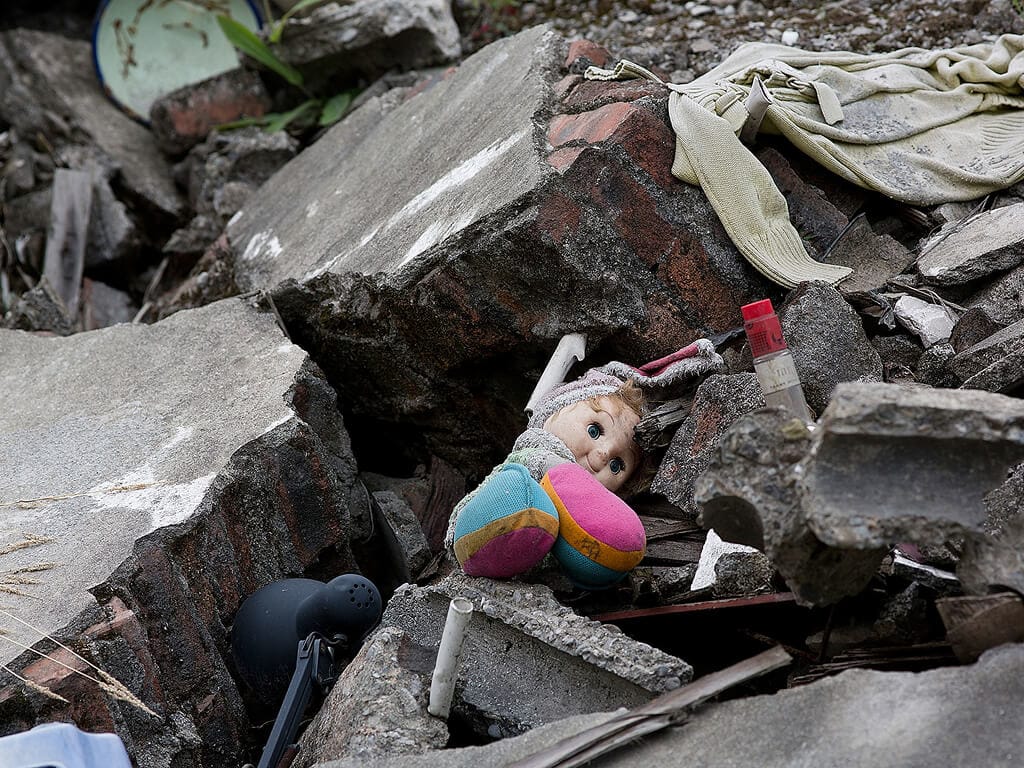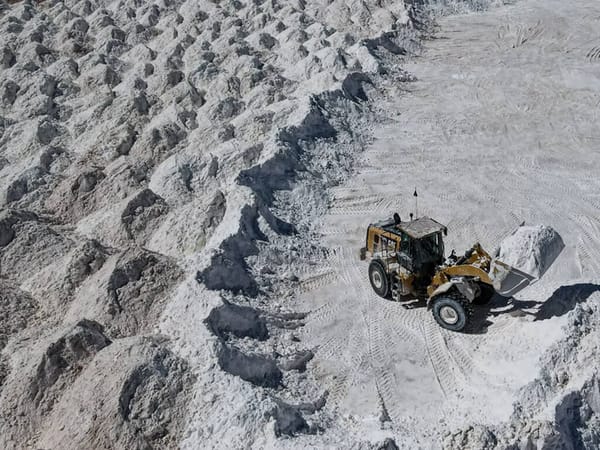Arkansas and the Quiet Risk of a Seismic Shock
Arkansas sits on the New Madrid Seismic Zone, making earthquakes a real risk. Explore Arkansas’s seismic history, expert preparedness advice, safety tips, and why residents should stay ready.

Last week, an earthquake of staggering force, measuring 8.8 in magnitude, struck off the coast of Russia, rattling the peninsula and sending a shudder across the Pacific. Tsunami warnings rippled outward, reaching Alaska, Hawaii, and the American West Coast. This time, disaster was averted. Early warning systems worked as intended, evacuations were orderly, and the headlines soon gave way to relief.
In Arkansas, where the ground feels steady and the familiar threats come more often from the sky than from below, the news carried a different weight. The tremor was half a world away, yet the question it raised lingered close to home. What if the fault lines beneath the quiet fields and river towns began to shift? And if they did, would the state be ready?
A Seismic Past in Arkansas
Arkansas has not experienced a devastating earthquake in recent memory, but history shows that the risk is real. According to the Arkansas Geological Survey, a powerful sequence of quakes struck in 1811 and 1812, each exceeding magnitude 7.5. These shocks originated in the New Madrid Seismic Zone, a fault system stretching from Cairo, Illinois, to Marked Tree, Arkansas. The quakes destroyed buildings, reshaped landscapes through liquefaction, and spread panic across the region.
Since then, Arkansas has rarely recorded earthquakes stronger than magnitude 4. Over the past century, the state has experienced only a handful of tremors comparable in size to the recent offshore Russian quake, and most have been too faint to feel. Smaller tremors, however, are more common than many realize. On July 30, a 2.3 magnitude quake was reported near Greenbrier. Just days later, on August 1, a 3.0 magnitude quake occurred about five kilometers from Blytheville.
Preparedness in a Dual-Risk State
Arkansas sits at the intersection of two natural threats: tornadoes and earthquakes. This dual risk, experts caution, makes preparedness essential. Officials at the Arkansas Department of Emergency Management (ADEM) advise residents to keep at least two weeks’ worth of supplies ready in case a strong earthquake disrupts normal life.
Hilda Booth, ADEM’s earthquake program manager and preparedness outreach coordinator, stresses one rule during seismic shaking: drop, cover, and hold on. She explained that this method is widely regarded as the safest response when an earthquake strikes.
Emergency Kits and Home Readiness
ADEM urges families to build emergency kits that account for possible disruptions to utilities and phone service. Booth recommends creating go-kits for both the home and the car, in case a quick evacuation becomes necessary or a house is rendered uninhabitable.
She suggests including copies of important documents, insurance policies, and bank account details, along with a list of medications and even an extra pair of glasses.
“The key,” Booth said, “is to make sure you can still function if everything around you stops working.”
Booth also recommends simple, low-cost safety steps at home. Baby-proof latches can secure cabinets, including china cabinets. TVs and heavy furniture should be anchored with brackets. Water heaters can be strapped to prevent tipping and reduce the risk of flooding or fire.
She added that earthquake insurance is worth considering, especially for homeowners in eastern Arkansas and communities along the New Madrid fault line.
“It might feel like over-preparing at times,” Booth said, “but nature rarely follows our expectations. It is safer to treat every risk as real.”
The Probability of a Major Quake
Booth explained that there is a 7 to 10 percent chance of a catastrophic earthquake, measuring 8.0 or higher, striking within the next 50 years. For quakes in the 6.0 to 6.3 range, the likelihood rises to between 25 and 40 percent.
The impact of such an earthquake would extend well beyond Arkansas. A major rupture in the New Madrid Seismic Zone could shake eight neighboring states, disrupting commerce and bringing regional transportation to a standstill. The Mississippi River, a lifeline for trade, and Interstate 40, one of the region’s busiest routes, could both be paralyzed. Even a 6.3 magnitude quake, Booth cautioned, could upend daily life across much of the region.
For Arkansans, the lesson is clear. The risk may be quiet, even invisible at times, but preparation today is the surest safeguard against tomorrow’s shock.





